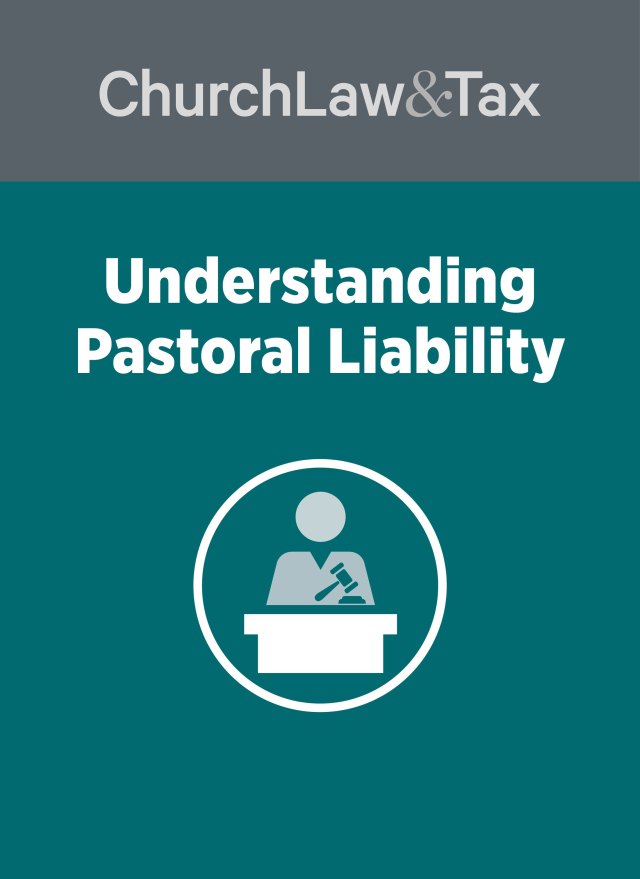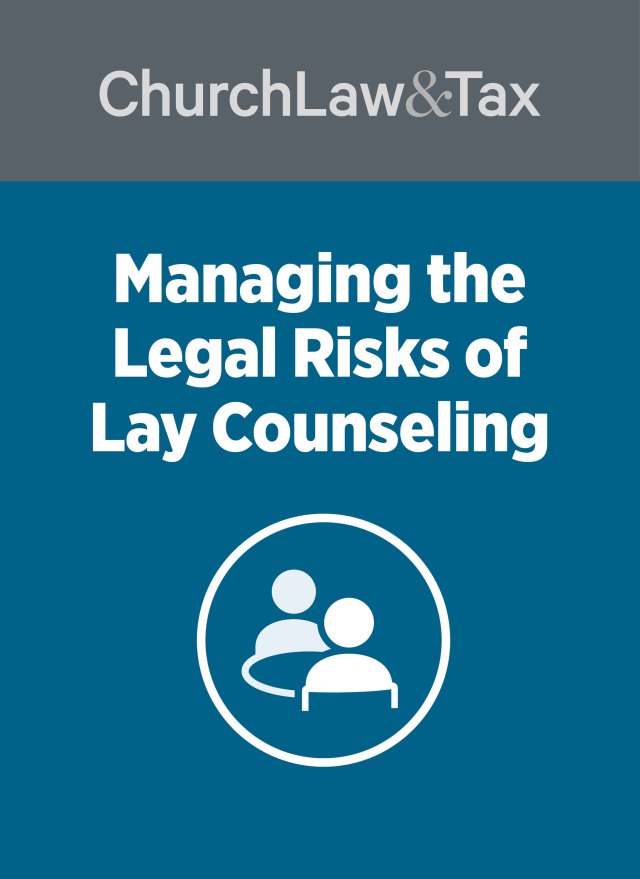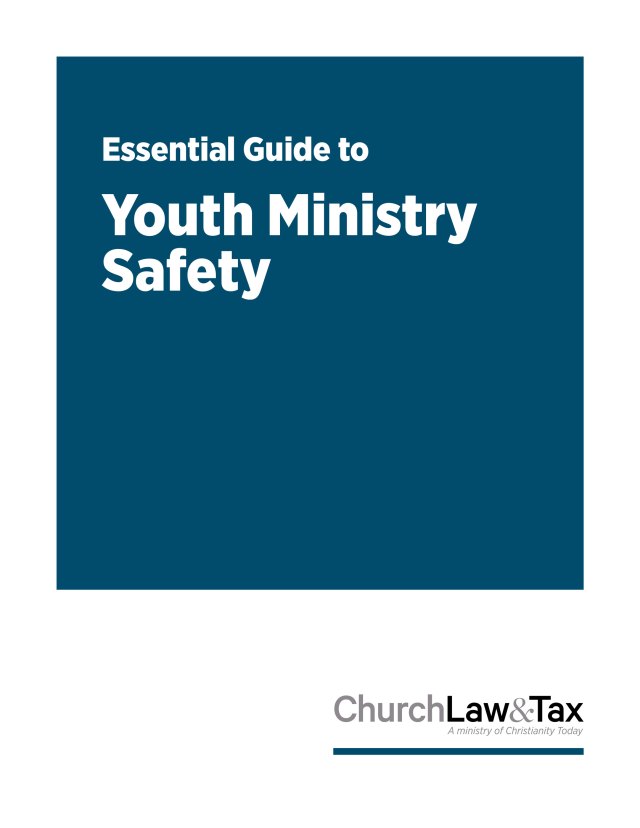Negligence as a Basis for Liability,Seduction of Counselees and Church Members
• Key point 4-11.1. Clergy who engage in sexual contact with an adult or minor are subject to civil liability on the basis of several legal theories. They also are subject to criminal liability.
• Key point 10-02.3. Churches can be legally responsible on the basis of the respondeat superior doctrine for the actions of their employees only if those actions are committed within the course of employment and further the mission and functions of the church. Intentional and self-serving acts of church employees often will not satisfy this standard.
• Key point 10-05.2. Some courts have found churches not liable on the basis of negligent selection for the sexual misconduct of a minister or other church worker involving another adult since the church exercised reasonable care in the selection of the worker.
• Key point 10-12. Churches face a number of legal risks when they offer counseling services by ministers or laypersons. These include negligent selection, retention, or supervision of a counselor who engages in sexual misconduct or negligent counseling. A church also may be vicariously liable for a counselor’s failure to report child abuse, breach of confidentiality, and breach of a fiduciary relationship.
A Kentucky court ruled that a priest and his diocese could be responsible for the priest’s seduction of a woman during marriage counseling, but that the diocese was not liable for the priest’s actions on the basis of negligent hiring, negligent supervision, or the legal doctrine of respondeat superior. In 1995, a couple was experiencing marital difficulties and sought and received marriage counseling from their parish priest. A few months later, the husband returned home and found his wife and the priest engaged in sexual relations. Following this discovery, the wife and priest left the state together. The husband suffered a nervous breakdown as a result of these events, and later sued the priest and his diocese. He claimed that the priest’s actions had a devastating effect on him, including the loss of his job, his home, his wife, and his religious faith. The priest (who later resigned from the ministry) asked the court to dismiss the husband’s lawsuit on the basis of a state law barring claims for “interference with marital relations.” The diocese also asked the court to dismiss the case on the ground that the priest’s sexual relationship with the wife were neither “a reasonably contemplated act” nor “calculated to advance the cause of” the diocese.
Emotional Distress
The husband alleged that the priest’s actions constituted the intentional infliction of emotional distress. The court noted that to establish such a claim, the husband must prove that (1) the priest’s conduct was “intentional or reckless”; (2) the conduct was “outrageous and intolerable in that it offends against the generally accepted standards of decency and morality”; (3) there was a “causal connection between the wrongdoer’s conduct and the emotional distress”; and (4) the distress suffered by the husband was “severe.” The court cautioned that a claim for emotional distress “is not available to assuage petty insults, unkind words and minor indignities, or to compensate one for enduring behavior that is cold, callous, and lacking sensitivity, but is designed to redress behavior that is truly outrageous, intolerable and which results in bringing one to his knees.”
The court concluded that the priest could be sued on the basis of intentional infliction of emotional distress because of the “special relationship” that existed between the parties because of the counseling relationship. It acknowledged that the state of Kentucky had abolished liability based on interference with the marital relationship, but it concluded that the husband’s emotional distress claim was not based entirely on “the sexual act or the alienation of his wife’s affections. It is the entire course of conduct engaged in by his [priest] with whom he enjoyed a special relationship. This conduct constitutes more than the abolished amatory causes of action.”
The court concluded that “the existence of a special relationship between the parties may make otherwise non-egregious conduct outrageous. It is precisely the betrayal or abuse of the trusted, confidential relationship between [the husband] and his priest that is the core of [his] action. In this case [the husband] has clearly presented evidence from which a jury could determine that he did have a special relationship with his priest/marriage counselor and that this special relationship was outrageously violated causing him severe emotional distress. It is this special relationship aspect of [his] claim that … allows him to proceed with his claim.”
The court cautioned that had the priest not been providing the couple with counseling, “ostensibly with the purpose of mending their marriage,” it would have dismissed the husband’s claim of emotional distress.
Liability of the diocese based on negligent hiring or supervision
The court dismissed the husband’s claim that the diocese was liable for the priest’s actions on the basis of negligent hiring and negligent supervision. It noted that there was “no evidence in the record that [the priest] had any history of sexual misconduct involving parishioners, or that the diocese had any knowledge that [he] might engage in such misconduct.”
Liability of the diocese based on respondeat superior
The court also dismissed the husband’s claim that the diocese was responsible for the priest’s actions on the basis of respondeat superior (a legal doctrine imposing liability on employers for the wrongs of employees that are committed within the scope of their employment). The court noted that “to be within the scope of an employment, conduct must be of the same general nature as that authorized or incidental to the conduct authorized,” and that an employer “is not liable under the doctrine of respondeat superior unless its agent’s intentional wrongs were calculated to advance the cause of the employer, or were appropriate to the normal scope of the operator’s employment.”
The court concluded that “the nature of the alleged wrong, that is, the abuse of the priest’s position and his exploitation of his special relationship with his parishioners, is what takes it outside the scope of his employment. We … conclude that [the priest] was not advancing any cause of the diocese, or engaging in behavior appropriate to the normal scope of his employment.”
Application. Most if not all states have abolished laws that in the past imposed liability on persons who interfered with the marital relationship by seducing a spouse. This case suggests that the abolition of this basis of liability does not necessarily bar a lawsuit by a husband against a minister for “intentional infliction of emotional distress” if the minister seduces a wife in the course of a counseling relationship with the couple. This case also affirms the view that a church or denominational agency cannot be liable on the basis of negligent hiring or supervision for the sexual misconduct of a minister if it had no knowledge of prior misconduct. Payne v. Osborne, 1999 WL 354495 (Ky. App. 1999).
© Copyright 2000 by Church Law & Tax Report. All rights reserved. This publication is designed to provide accurate and authoritative information in regard to the subject matter covered. It is provided with the understanding that the publisher is not engaged in rendering legal, accounting, or other professional service. If legal advice or other expert assistance is required, the services of a competent professional person should be sought. Church Law & Tax Report, PO Box 1098, Matthews, NC 28106. Reference Code: m67 m86 m37 c0300




